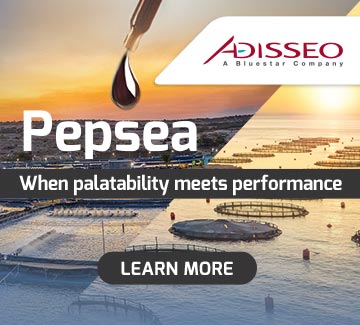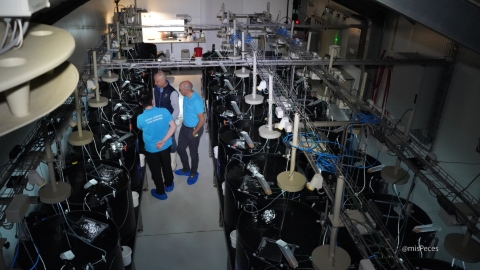
Blockchain is often heralded as a groundbreaking technology for aquaculture, promising to revolutionise transparency and traceability in operations while boosting consumer trust and confidence. Yet, discussions around blockchain tend to focus on “what it can achieve” rather than “how to implement it” effectively within the specific context of aquaculture.
This underscores the pressing need to address practical barriers, educate key stakeholders, and develop technological solutions that are not only more accessible but also tailored to the reality of the sector.
The primary strength of blockchain lies in its ability to ensure distributed, immutable records of data. There are already success stories in enhancing traceability and transparency, particularly in the tuna and salmon supply chains. However, broader adoption across critical stages-such as transportation, storage, and distribution-is still lacking. Furthermore, its integration with complementary technologies like Internet of the Things (IoT) remains underutilized, limiting its full potential to enhance quality and sustainability in aquaculture products.
Several challenges hinder the widespread adoption of blockchain in aquaculture, including technical complexity and knowledge gaps. Many small-scale businesses in the sector lack both the resources and the trained personnel required to implement blockchain solutions. Additionally, there is a significant lack of understanding about how blockchain functions and how it can be applied effectively to specific processes, such as supply chain monitoring.
High initial investment and limited scalability remain significant obstacles. The upfront costs of blockchain systems can be prohibitive for most businesses, especially smaller enterprises with limited financial capacity. Moreover, scaling these systems is often expensive, particularly in global supply chains where stakeholders possess varying levels of technological sophistication and access to reliable internet infrastructure.
Another barrier is the limited consumer demand for transparency. Consumers frequently prioritise affordability over supply chain traceability and may not be inclined to pay a premium for enhanced transparency. This reluctance reduces the motivation for businesses to invest in blockchain technologies, as the perceived benefits fail to outweigh the costs.
Pathways to Blockchain Adoption in Aquaculture
Overcoming these barriers requires a comprehensive and strategic approach. Education and training programmes are crucial, as they can equip personnel with accessible technical knowledge and practical skills to adopt blockchain effectively. Government intervention is equally important, with subsidies and tax incentives needed to alleviate the financial burden on businesses and encourage broader adoption of blockchain solutions.
Finally, the establishment of industry-wide standards is essential to streamline implementation. Standardisation will ensure consistency and interoperability across the supply chain, enabling businesses to integrate blockchain technologies more efficiently and effectively. With these measures, blockchain has the potential to become a transformative tool for the aquaculture industry.


